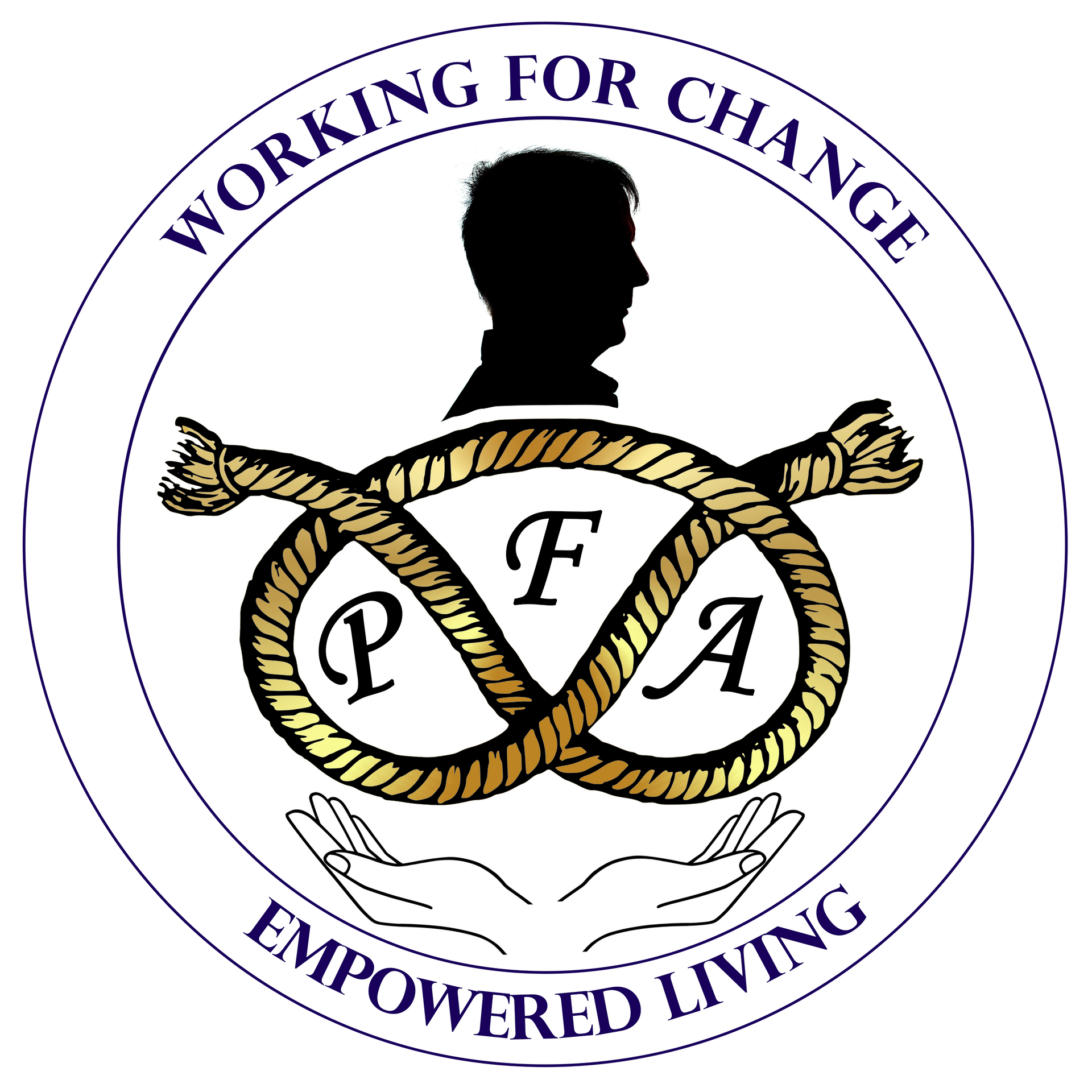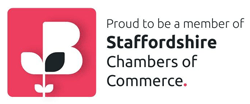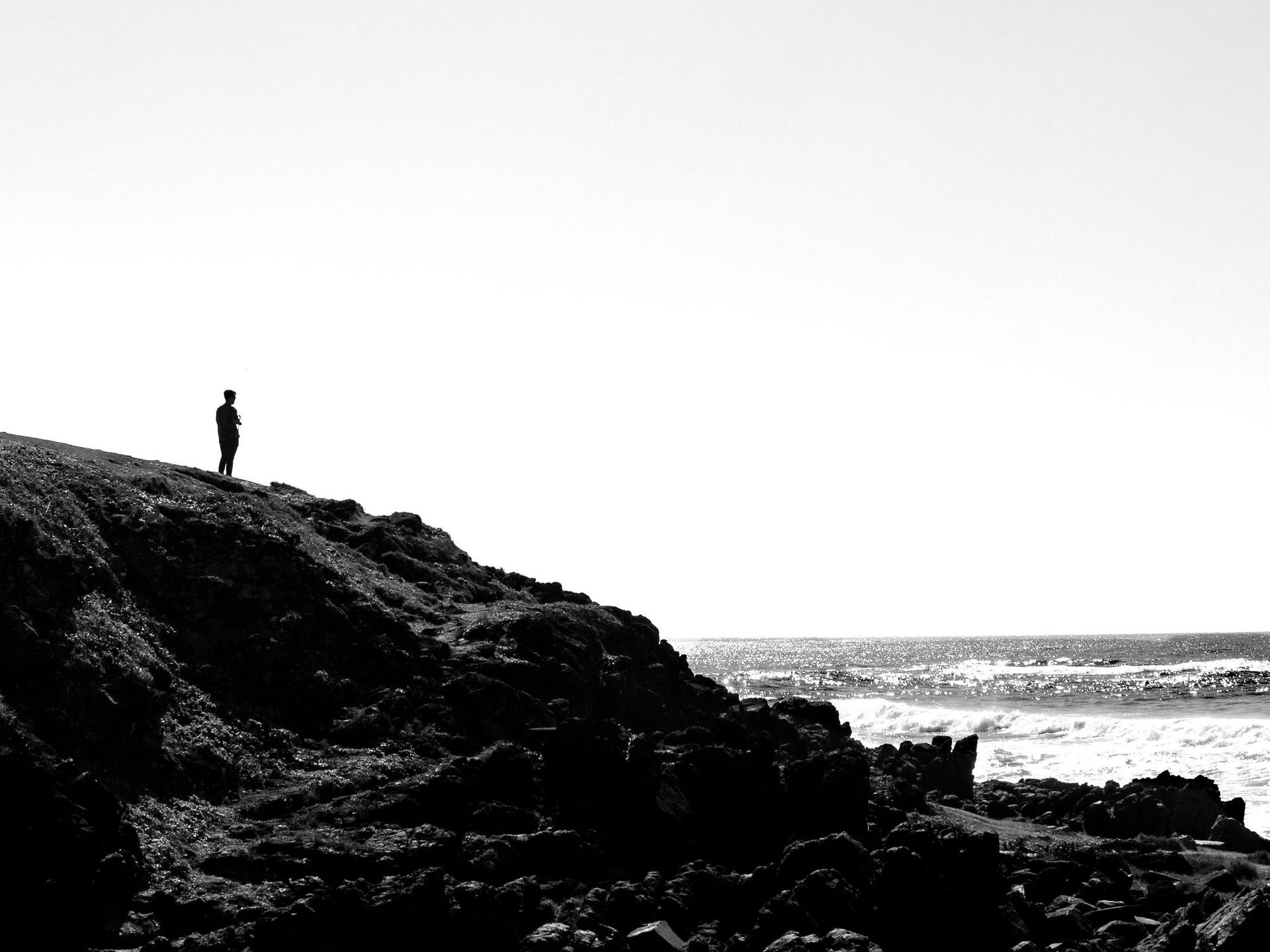In Trust We Leap: From Everyday Faith to Earned Belief
Inner Trust: Sensing the Unseen
A person with sight loss standing at the edge of a pavement with a white cane, listening carefully before deciding when to cross.
A shared journey into the promises we believe, the people we rely on—and what happens when trust becomes risk, and risk becomes choice.
By Philip Francis Anderson:
Activist and Podcast Host Campaigning for Change
From social to emotional, instinctive to earned, trust wears many guises—and each reveals something vital about how we live, and who we are becoming. Let’s see shall we.
Key Takeaways:
- Everyday trust often goes unnoticed—until it falters and reminds us how much we rely on it.
- Emotional trust, once broken, leaves deeper marks—but it can be rebuilt through presence, not promises.
- Choosing to trust again is not naïve—it is an act of quiet strength and a reflection of the life we wish to live.
Acknowledgement:
My heartfelt thanks to those who shared their personal experiences with me while this article was taking shape. Your honesty gave it its depth, and your courage gave it its soul.
To Jenny Tate and Tracy Henham—thank you for trusting me with your stories. You reminded me, and now the reader too, that trust isn’t just a concept. It’s lived. It’s fragile. And it’s real.
This piece wouldn’t be what it is without you.
Trust starts with truth and ends with truth.
— Santosh Kalwar
Introduction:
Trust – The Quiet Force That Governs Everything
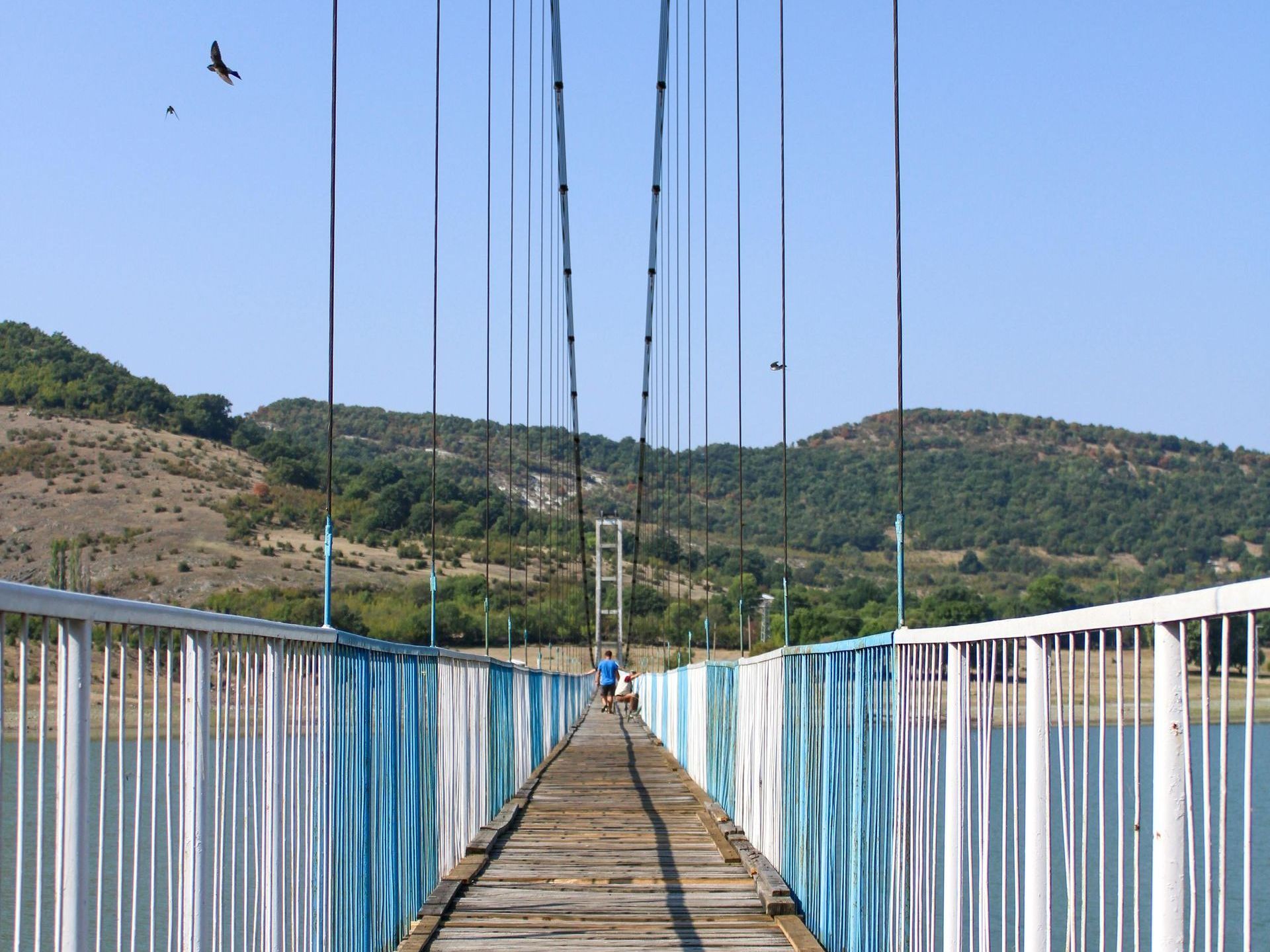
Do you remember the story of Claire and Jessica? It made headlines here in the UK in November 2024. Two women in their seventies discovered they had been swapped at birth in a hospital during the early 1960s. For 55 years, each had lived a life shaped by medical records, birth certificates, and family truths—until a home DNA test revealed a different reality. No malicious intent. No dramatic scandal. Just one quiet, uncorrected error that rippled across their entire lives.
It’s a powerful reminder that even the most official systems—the ones we rarely question—can unravel. And when they do, what’s exposed is not just an oversight, but the invisible foundation we’ve been standing on all along: trust.
Have you ever paused to think about the things you rely on without even noticing?
The way you sit down in a chair without testing it first. Or trust that the plane you’re boarding will climb smoothly into the sky. Or hand your bank card over to a stranger in a restaurant, assuming it’ll be returned without issue—unless you’re using contactless.
Odd, isn’t it, how much we place in the hands of people and systems we barely know, and couldn’t begin to explain?
We do it every day, without fuss or fanfare. It’s just how life works.
But what we’re really leaning on—quietly, instinctively—is trust.
And sometimes, it takes the smallest wobble to remind us how fragile that trust can be.
Psychologists define trust as a psychological state involving the willingness to accept vulnerability based on positive expectations of others' intentions or behaviour. That willingness, that inner yes, is what fuels cooperation, social harmony, and even survival.
For me, it all began with something quite ordinary—my website. A handful of small issues, overlapping in just the wrong way: links that didn’t work on certain devices, visual glitches I couldn’t verify for myself owing to my sight loss, unexpected edits appearing like ghosts in the machine. At first, it was mildly frustrating. Then something deeper crept in. It wasn’t just about broken buttons or mismatched colours—it was about a quiet breach in something I thought was solid.
And it is this living with sight loss, as I do, that the act of trust takes on a whole new dimension. I don’t just rely on others for their skills—I entrust them with what I cannot see. And when things go awry—whether through accident, misjudgement, or indifference—the fallout isn’t just technical. It’s personal. It touches my sense of agency, and it can touch my reputation.
The truth is, I won’t always know if something looks off, or appears unprofessional, until someone tells me. And by then, the damage may already be done. In this way, trust isn’t just about honouring a contract—it’s about honouring a person. When that trust breaks, it doesn’t just threaten the output. It threatens the person behind it.
And that got me thinking—if something so seemingly minor could leave me feeling adrift, what happens when trust wobbles in the bigger things? The people we lean on? The beliefs we build our lives around?
In the pages that follow, I’ll be drawing not just on my own encounters with trust, but also reflecting on the experiences of some remarkable readers who’ve shared their stories with me—honest accounts that show just how layered, personal, and at times painful trust can be.
Together, we’ll explore how trust touches everything—our choices, our relationships, even our sense of self. I’ll share moments when trust held me, and others when it failed me—from bungee cords to hospital wards to assistive tech. And we’ll ask: when is trust a gift, and when does it become blind faith?
We’ll look at the subtle ways trust forms, falters, and sometimes rebuilds—in our routines, our relationships, our bodies, our machines, and our own self-belief.
But first, let’s begin with the kind of trust that hides in plain sight—in the everyday things we depend on without even realising it.
Everyday Trust – The Quiet Assumptions

Take a moment and think about how your day begins.
Perhaps you shuffle half-asleep toward the bathroom and turn on the tap. You don’t test the water for safety—you just drink. Later, you get into a car or step onto a bus, barely glancing at the machinery beneath you. You assume the brakes will work, the driver is trained, the roads are safe enough. You tap a card on a terminal, press send on a message, take a bite from a ready-made sandwich. And with each action, you're extending trust—often without even realising it.
This quiet reliance hums beneath everything we do. We don’t stop to question the piping in our walls, the integrity of the food supply chain, or whether the lift will reach our floor safely. It would be exhausting to scrutinise it all. Instead, we lean into what psychologists call implicit trust —those automatic, unconscious beliefs that allow us to get on with life. They’re shortcuts, designed to help us conserve mental energy while navigating an endlessly complex world.
But this form of trust doesn’t come from nowhere. It’s not simply a logical calculation—it’s deeply rooted in how we were first cared for.
Long before our thinking brains were even formed, we were already learning about trust. As part of my personal reading for my undergrad studies in psychology with the Open University, I’ve been exploring emotional intelligence—arguably the oldest form of intelligence we possess. Daniel Goleman, in his book Emotional Intelligence: Why It Can Matter More Than IQ, describes how the emotional brain is in place and active from birth, laying down the foundation for later thought. Unlike the rational mind, which begins developing between 15 and 24 months, emotional intelligence is present from the start. From our first breaths, we begin absorbing the world through sensation and feeling.
And those early sensations? They leave a mark.
Perhaps you’ve found yourself reacting to someone’s angry tone with disproportionate alarm—or avoiding conflict altogether without quite knowing why. Maybe certain voices, smells, or emotional climates seem to stir something inside, yet there’s no clear memory attached. That’s not coincidence. It’s the emotional brain at work—filing away impressions from before we had words to describe them.
In case you’re wondering, these early experiences—whether of warmth or abandonment, gentleness or chaos—Goleman says, are processed deep in the brain’s emotional centre, the amygdala. They don’t come back to us in neat, narrative form. Instead, they emerge in our responses—through tension, withdrawal, outbursts, or unease. Here, we’re not remembering a moment—we’re reliving a feeling.
In fact, John Bowlby’s theory on attachment explores the trust we carry into adulthood and how often it reflects these earliest bonds, while raising some thought-provoking questions at the same time.
- Were our caregivers responsive?
- Did they meet our needs?
- Soothe our cries?
- Create safety?
If so, we’re more likely to step into the world with a sense of security. But if those bonds were inconsistent or fractured, we may find ourselves carrying a quiet caution that affects everything from relationships to self-worth.
It’s not always easy to trace those patterns, let alone face them. Yet sometimes, the key to understanding ourselves lies in revisiting those unspoken beginnings. That might mean confronting uncomfortable truths or having conversations with a parent or guardian that were never had before. They may not be easy. But within those conversations lies the possibility of healing—and, with it, the chance to restore a deeper, more stable sense of trust.
The thing is, modern society rests on this invisible scaffolding of assumed trust. We place our faith in systems, labels, signals, and voices we’ve never met. Most days, it all fades into the background—until something fails. And when it does, especially for those of us whose margin for error is already tight, the impact is more than inconvenient. It can feel deeply personal.
And it’s here I must pause, to honour the first of the lived experiences of those who’ve shared their own stories with me. Their honesty and vulnerability have shaped this article in ways no textbook ever could. Their voices are quietly threaded through what follows.
Jenny Tate, a person living with multiple disabilities, described to me her ongoing frustration with the way online grocery services repeatedly deliver food that is either out of date or expires on the day of delivery—despite her having clearly explained that her medical condition makes this a serious health risk. Her instructions are detailed. Her concerns, plainly stated. And yet, the same mistakes are made again and again. It’s not just about spoiled food. It’s about trust disregarded. And in Jenny’s case, the danger of being unwell alone, with no safety net, heightens the consequences of that negligence.
Of course, this trust can be misplaced. We’ve all had that moment where something breaks—a power cut, a failed delivery, or a suspicious bank charge—and we’re jolted back into awareness. The illusion of predictability collapses, and what once felt like certainty is suddenly up for debate.
Still, most of us get back on the bus, switch on the kettle, or log back into the bank app the very next day. Why? Because the alternative—living in constant doubt—would be paralysing. We trade a small risk of disappointment for the larger comfort of predictability.
And yet, as we’ll explore next, not all trust is silent or automatic. Sometimes, it asks us to take a deep breath and leap anyway.
Risk and Reward – The Psychology Behind the Pause
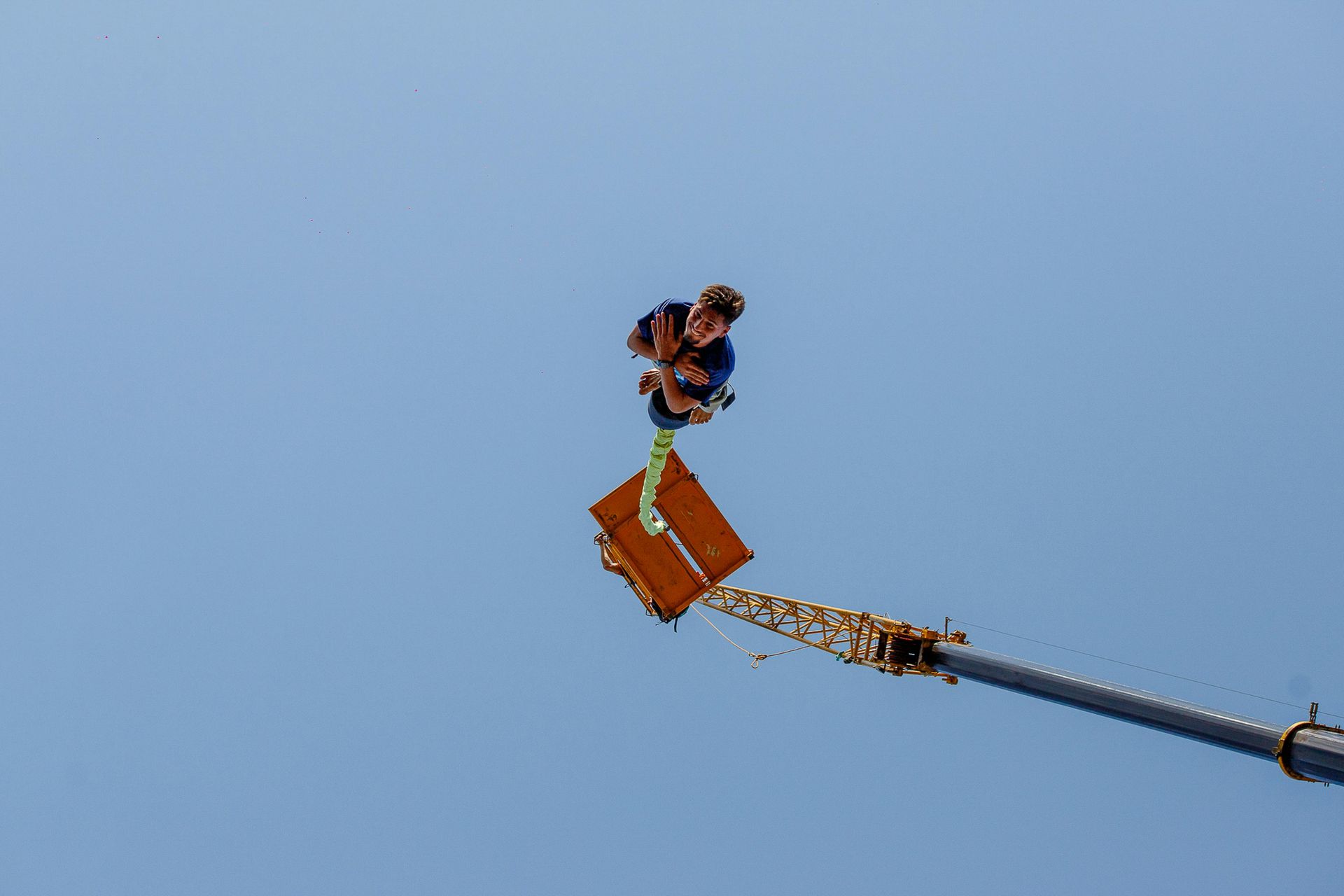
Have you ever stood on the edge of something terrifying and thrilling at once?
Maybe it was speaking in front of a crowd. Hitting send on a message that revealed more than you were ready to say. Signing a form that could change the course of your life. Or maybe it was something simpler—yet no less risky. Opening your heart. Saying yes when everything in you whispered no. Trusting someone with something they could break.
You know the feeling. Your breath stalls. Your stomach tightens. The mind begins its frantic dance—Should I? Shouldn’t I? What if this goes wrong?
That’s the moment we’re talking about.
This is where trust stops being quiet. It’s no longer the background hum of daily life. Here, trust becomes a test. A choice. A tension. You’re not just hoping things will turn out—you’re staking something precious on the belief that they will.
Psychologically, this is where risk-reward evaluation begin their subtle tug-of-war. Here, risk carries uncertainty and the possibility of loss. Reward dangles a promise—of connection, success, or simply relief. And your brain begins to weigh it all up.
Behind the scenes, your prefrontal cortex starts juggling signals from the emotional centre of your brain—the amygdala—alongside whatever lessons past experience has taught you. Meanwhile, oxytocin, the so-called trust hormone, quietly joins the party. A small gesture, a word of encouragement, a sense that you’re not alone—these can tip the scales. Paul Zak’s research shows even a whisper of empathy can nudge us toward yes.
But let’s not pretend this always ends well.
Because trust isn’t just beautiful. It’s dangerous. And when it’s misplaced—when that yes turns into hurt, or regret, or a bruised kind of silence—the fallout can linger far longer than the moment that caused it.
That’s the paradox: we’re wired to connect, yet fearful of being broken.
Daniel Kahneman’s work on dual-process thinking makes sense of this inner war. Part of you reacts fast—driven by instinct and emotion. Another part slows everything down, checking the facts, measuring the risk. And in between those two voices lies stillness. That frozen breath before you leap.
That’s what we’re exploring next.
Not just the idea of trust. But what it feels like when everything is on the line. When saying yes means letting go. When you’re not thinking about what trust is—you’re living it.
And to do that, we’ll leave theory behind and head for something more real. Something with wind, gravity, and consequences. A literal leap into the unknown.
So let’s pause a moment—and take a breath—before we leap.
Trusting the Rope – A Leap of Faith
There’s a moment just before a bungee jump when time slows. You’ve heard the safety briefing. You’ve seen the equipment. The professionals have done this a thousand times. But now, with your toes hanging over the edge and the earth impossibly far below, none of that matters. Logic fades. Instinct takes over. Your body screams retreat, while your mind clings to the one thing it has left—trust.
It’s not the trust you give to the bus driver or the thermostat. This is trust you choose. Not passively, but deliberately. With full knowledge that if something goes wrong, you won’t get a second chance.
It’s here, in that razor-thin space between fear and movement, that the rawest form of trust is born.
What makes someone jump?
Psychologists suggest that calculated risk-taking is often driven by a balance of novelty seeking and reward expectation (also known as ‘reward prediction’). Kahneman claims humans operate with two systems of thinking—an intuitive, automatic one and a slower, more analytical one. In bungee jumping, these two systems collide. The fast system senses danger, triggering adrenaline and hesitation. The slow one quietly insists that the equipment has been tested, the statistics are sound, and this is meant to be exhilarating.
But even with that assurance, the leap still requires surrender. A decision to override biology with belief. Trust becomes the hinge on which action turns.
And the moment you leap, it all changes. The fear dissolves. The fall becomes flight. And in that moment, trust either holds—or it doesn’t.
For many, it’s confirmed. The rope holds. The system works. And something in the person shifts—not just about that moment, but about what it means to let go and believe anyway.
This is the nature of trust when it’s most intense. It’s not just a calculation. It’s a decision to move forward when nothing is guaranteed.
And while most of us will never leap from a bridge, we’ve all stood on metaphorical ledges—times when we’ve had to trust a person, a process, or a promise, despite every reason to hesitate.
However, what happens when trust is placed not in a thrill—but in the machines that safeguard our lives? Let's take a look shall we.
Beeps, Ramps and Algorithms:
Trust in Medical and Accessible Machines
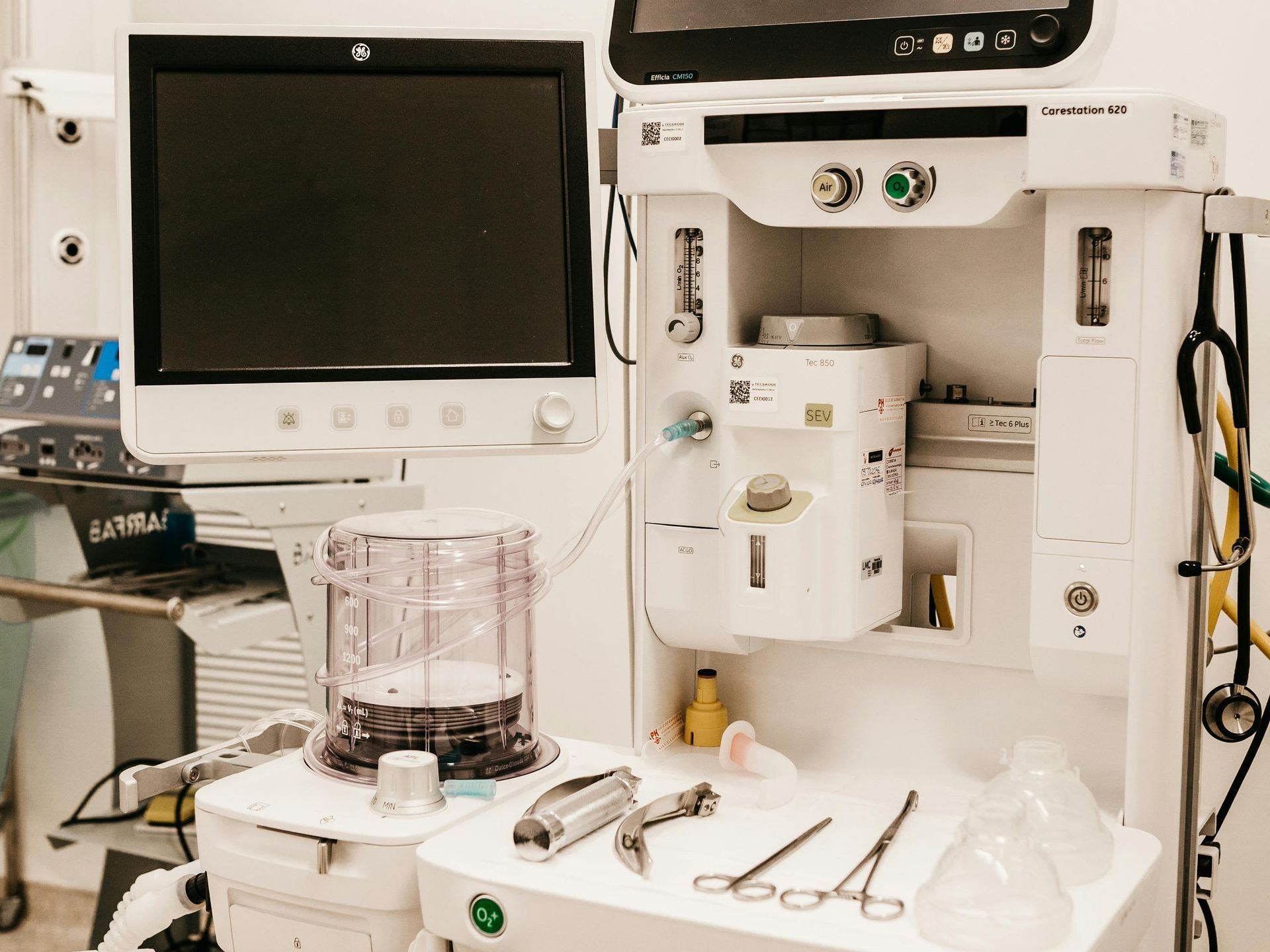
What happens when the systems we barely notice—those beeps, ramps, and automated voices—suddenly go quiet?
Trust takes on a different hue when it becomes a lifeline.
Unlike the optional thrill of a leap into air, some of us place our trust not for adventure, but for survival. Whether it’s lying beneath the steady pulse of a hospital monitor, stepping into an accessible vehicle with a mechanised ramp, or relying on a voice-activated device to control our environment, trust in these systems is not a luxury. It’s necessity.
Think back to Claire and Jessica at the start of this article—two women in their seventies who discovered they had been swapped at birth in a hospital in the 1960s. For more than fifty years, they lived lives shaped by trust in official records—birth certificates, family names, medical charts. All accepted as fact. Until one quiet error, buried in the past, rose to the surface and shattered that trust. No malice. No grand scandal. Just a system misstep, echoing across generations. It's a sobering reminder: even the most official systems can quietly unravel beneath us.
These moments bring a different kind of vulnerability.
Machines don’t offer eye contact. They don’t reassure with a glance or ask if we’re alright. They only speak when programmed to. And yet, we trust them with decisions that once belonged to nurses, carers, or even our own hands.
Take my own experience. Because of my sight loss, I often place trust in machines that I cannot visually verify. I recall early encounters with hospital monitoring equipment—those rhythmic beeps and gentle pulses, heard but not seen. This was before speech output or Braille compatibility was commonplace. I relied entirely on others to read the data and interpret the results. If they misread it, I’d never know. That’s not just dependency—it’s a surrender of control. And yet, it’s often the only choice we have.
Imagine you checking into A\&E via a digital kiosk—trusting it to log symptoms accurately, alert staff, and guide you where you need to go. Now, imagine that same kiosk silently misrouting your condition or freezes mid-input. It happened recently in Denmark, where a hospital system upgrade almost led to a patient’s leg being prepped for amputation due to a misfiled scan. No one caught it until the final minute. The machine hadn’t failed in a technical sense—but it had failed in a human one. Trust, once handed over, demands vigilance.
And yet elsewhere, machines are extending lives in ways once unimaginable. In a London NHS hospital, AI now assists dermatologists in identifying skin cancer with remarkable accuracy—doubling diagnostic speed and allowing patients to receive treatment days, sometimes weeks, earlier. For one woman, what began as a mole flagged by AI turned out to be a melanoma caught just in time.
Still, for every person reassured by an AI’s certainty, there’s another who lies awake wondering: what if the machine was wrong? What if I can’t ask it why?
In fact, even clinicians express discomfort. Over 70 percent of intensive care doctors have voiced concerns about relying too heavily on algorithms they cannot fully interpret. They call it the “black box” problem—when the process behind an AI’s recommendation is hidden from view, even to those tasked with acting on it.
In wider surveys, two-thirds of doctors now use AI in some form. But only a third say they feel more hopeful than anxious about it. The rest admit to mixed feelings—curiosity, caution, and a keen desire for transparency. Nearly 70 percent agree: for trust to exist, they need to know not just what the machine concludes, but how it got there. Because without that, they can’t explain it to patients. And if they can’t explain it, they can't truly endorse it.
Trust in machines is rarely absolute. It’s layered. It draws on past experience, system design, human oversight, and something softer—perhaps hope. And it’s never just about the device. It’s about the people behind it, the assumptions baked into its code, and how much we’re allowed to understand.
Even something as seemingly routine as boarding a vehicle with an automated ramp can stir a quiet bravery. Will it lower fully? Will it grip the kerb? For many, that moment is just another Tuesday. But for others, it’s a private test of faith in the unseen mechanics below.
Still, we move forward.
We press the button.
We listen for the beep.
We wait for the lift to lower.
Because sometimes, trusting the machine is the only way forward.
But how does the trust we place in machines differ from the trust we place in people? The ones who speak, disappoint, comfort, or show up when it matters. That’s where we now turn.
Who Holds Your Trust – From Systems to Souls
Trusting Another: Crossing with faith
A person with sight loss walking beside a sighted guide, hand holding their elbow as they cross a busy road together.
There is a particular relief when a machine does what it was designed to do. It responds, lifts, beeps, or opens. You breathe easier, knowing the mechanism has upheld its part of the bargain.
But when trust moves from systems to people, the equation becomes far more complex.
Machines don’t bear grudges. They don’t lie, forget your birthday, or say one thing and mean another. People do. And yet, it’s people we often yearn to trust most.
Trust in others is woven through every intimate relationship we hold. Whether it’s a friend, a partner, a mentor, or a carer, human trust grows not from circuitry but from repeated interactions—small acts of reliability that accumulate into something quietly sturdy.
Sociologist Bernard Barber noted that social trust is built through a combination of role performance, technical competence, and fiduciary responsibility. In simpler terms: do they do what they say, do they do it well, and do they care about the outcome?
For me, the people who’ve earned my trust tend to share one thing in common. They’ve been there during the silences. Not just the victories or the visible struggles, but in the quieter, greyer moments where presence matters more than performance. Those who offer steady companionship when there’s no audience, no praise, and no particular reason to stay—those are the ones who anchor trust.
Of course, human trust is messier than machine logic. We bring our histories with us. We project hopes, fears, and unresolved wounds onto others. Sometimes we expect too much, too soon. Sometimes we’re let down not by malice, but by misjudgement or fatigue. And yet, trust is often the bridge we extend anyway—tentatively, with care, hoping it holds.
Jenny, whom I introduced you to in the preceding section, also shared an encounter that left her deeply shaken. A delivery driver, irritated by the layout of her flat, refused to carry her shopping into the kitchen—despite her clear explanation that moving heavy items alone was physically dangerous. When she pleaded with him, he shouted, swore, and slammed her shopping down in frustration. The result wasn’t just a botched delivery. It was a collapse in human decency. A moment when trust, however minimal, was violently disregarded.
Furthermore, interpersonal trust is also deeply influenced by our sense of identity. If you’re like me and living with sight loss or any form of vulnerability, trust in others becomes more than emotional—it becomes practical. Whether asking someone to guide you across a street or explain an unreadable document, trust becomes a shared space of risk and responsibility. It asks, without saying: will you protect me where I cannot protect myself?
In these moments, the emotional weight of trust reveals itself not as weakness, but as a form of chosen strength. To offer trust is to grant someone the power to affect you—and to believe, with reason or with hope, that they will not misuse it.
And it doesn’t take grand gestures to test this. It’s there when you turn on your tap and trust the water is safe. When you step onto the bus and expect the driver to brake gently. When you send that email and believe it’ll reach its destination. These are the quiet contracts we enter into every day—unseen, but felt.
But what happens when that trust is placed in ourselves? What if the person we struggle to believe in most is the one staring back at us?
That is where we turn next—to the question of how we learn to trust the one person who never leaves our side.
Trusting Yourself Again – The Silent Rebuilding
What do you do when the person you struggle to trust most is yourself?
Maybe you’ve had one of those mornings where you’re just about to leave the house—coat on, bag packed—and something makes you pause. You stand at the door, keys in hand, that creeping feeling nudging at the edge of your mind. Did I turn off the oven? Lock the back door? Miss something crucial? You’ve done it a hundred times before, but today your confidence falters. You hesitate. You check again. And beneath that small act lies a bigger question—can I trust myself?
Or perhaps you've been through something more bruising. You trusted someone—gave them the benefit of the doubt, let your guard down—and things didn’t turn out as you’d hoped. The disappointment lands hard, but what lingers longer is the self-doubt. Why didn’t I see it? Why didn’t I listen to my gut? You start to question more than just the person who let you down—you start to question your own judgement.
That’s how self-trust erodes. Not always with a bang, but with a quiet loosening. One thread at a time. Until you find yourself second-guessing things that used to come easily, doubting your decisions, waiting for reassurance where once there was conviction.
But what is self-trust, really? It’s not the same as confidence, which often wears a louder coat. Self-trust is quieter, more personal. It’s the belief that you’ll show up for yourself—not just when things are going well, but when they aren’t. It’s knowing you’ll listen to your own voice, even when others are louder. That you’ll act in ways that align with who you say you are. Not just when it’s easy, but especially when it’s not.
Psychologist Brené Brown speaks of this as integrity in action—an inward practice of honesty, accountability, and self-compassion. And when we live in a culture that so often punishes failure and prizes perfection, many of us learn early to override our instincts. We doubt. We defer. We abandon our own cues in favour of keeping the peace or seeking validation.
I’ve experienced this firsthand—moments where I went along with something that didn’t feel quite right, only to regret it later. And it’s not just the outcome that stings—it’s the gnawing thought: why didn’t I listen to myself?
That’s where the slow work of rebuilding begins. Not in sweeping affirmations, but in small, consistent acts. Keeping a commitment you’ve made to yourself. Speaking a truth even when your voice shakes. Choosing not to apologise for things that don’t require apology. It’s like strengthening a muscle—quietly, over time, until it begins to carry you differently.
J Johnson's research points to this resilience. Those with high levels of self-trust don’t avoid failure. They just experience it differently. Rather than viewing setbacks as personal verdicts, they see them as feedback. The misstep becomes information, not identity. A nudge to recalibrate, not a reason to withdraw.
And for me, living with sight loss, that recalibration happens often. There are moments each day where I can’t double-check something visual, where I must rely on others—or rely more deeply on myself. That reliance isn’t always comfortable. But when I tune in—really tune in—I often find that my instincts are sounder than I gave them credit for. And each time I trust myself and it pays off, another stitch holds. Another thread returns.
Gradually, what begins to rebuild is not just self-trust—but a sturdier way of being. One that doesn’t hinge on others’ approval, or need external proof before taking the next step. One that feels less like a gamble, and more like home.
Of course, this is just one thread in a much larger web. As we’ve seen, trust doesn’t only live within us. It also lives between us—in the glances we exchange, the tones we respond to, the body language we read often without knowing.
And that’s where we’re heading next: into the chemistry of connection. A space where trust speaks in signals long before words are ever formed.
The Chemistry of Trust – Hormones, Signals, and Social Glue
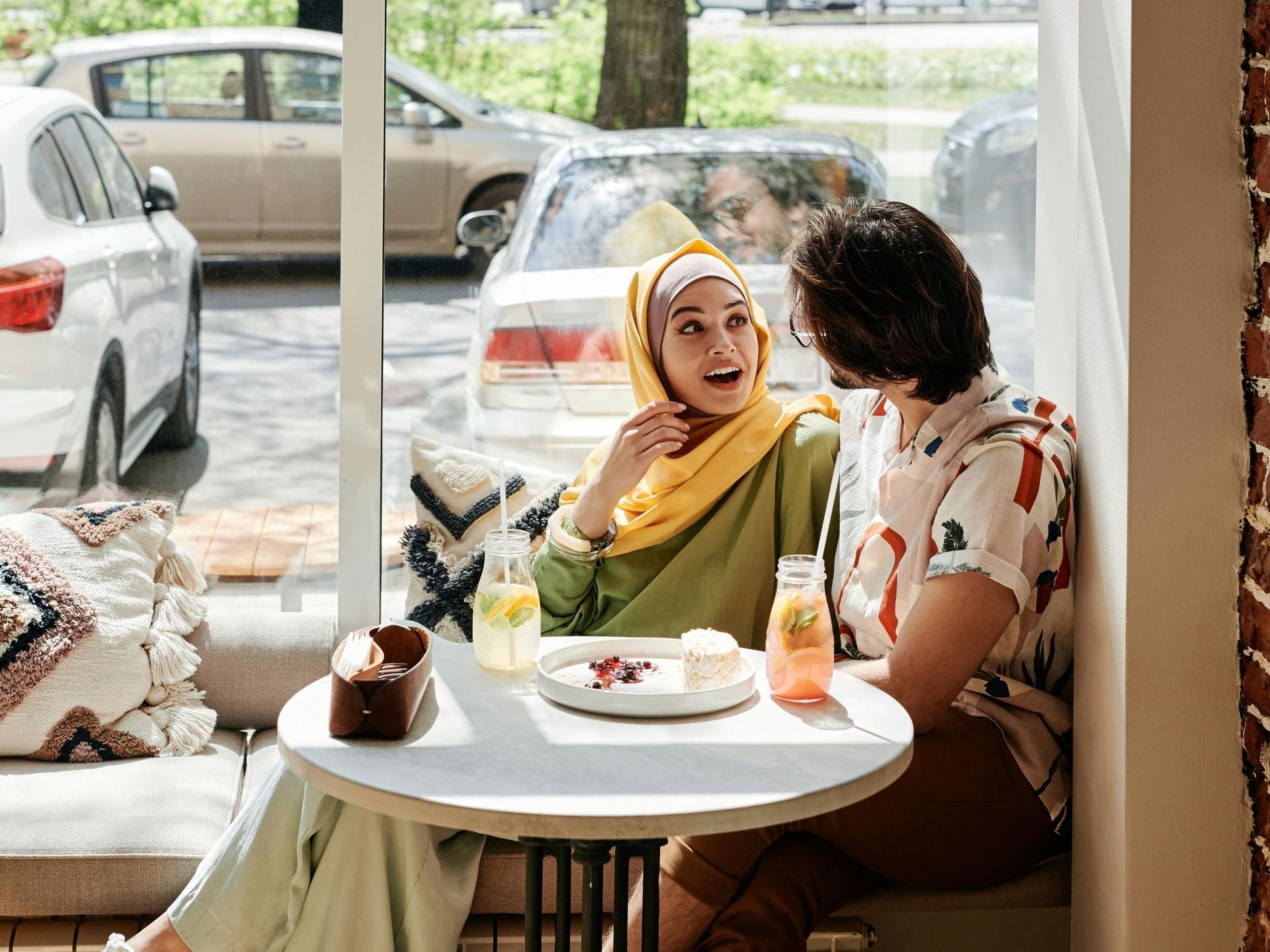
We like to believe our choices are deliberate. That trust is something we grant through logic, memory, and considered judgement. But under the surface, a quieter conversation is taking place—one between hormones, brain regions, and subconscious signals we’re often not even aware we’re receiving.
Trust, in part, is biological.
One of the most studied players in this internal symphony is oxytocin. Often called the bonding hormone, oxytocin is released during moments of connection—hugging, shared laughter, eye contact, and even listening to someone speak in a warm tone. It is heavily involved in the formation of social bonds and has been shown to increase a person’s willingness to trust strangers in experimental settings. Paul Zak, a pioneer in the field, conducted a landmark study showing that participants who received synthetic oxytocin via nasal spray were significantly more likely to share money in trust-based games compared to those who did not.
But oxytocin doesn’t work alone. Dopamine plays its part, too, reinforcing the pleasure of rewarding social interactions. When trust is met with kindness or cooperation, dopamine surges, creating a feedback loop that makes us more likely to trust again. On the other hand, cortisol—the stress hormone—can reduce trust, particularly when we’re under pressure, in unfamiliar environments, or recovering from betrayal.
Our brains are finely tuned for trust detection. The amygdala assesses threat, scanning facial expressions and tone for signals of danger. Meanwhile, the prefrontal cortex weighs those assessments against past experiences and anticipated outcomes. It is here, in this mental negotiation, that a subtle decision is made—to open or close, to reach or retreat.
Yet even with this knowledge, trust rarely feels like a calculation. It arrives, often unannounced, through a gut feeling or a sudden warmth towards another. We interpret subtle clues—body language, voice pitch, posture—without consciously knowing we’re doing it. According to studies published in Nature and other journals, humans can make a reasonably accurate judgement about a person’s trustworthiness within the first 100 milliseconds of seeing their face.
It’s important to acknowledge, too, that these signals are not universally reliable. To illustrate: cultural differences, neurodiversity, and personal history can all alter how we give and receive trust cues. A tone that feels soothing to one person may seem disingenuous to another. A face that reads as open in one culture may be neutral or reserved in another.
This biological and social wiring is not destiny. But it does shape the path. It explains why we sometimes trust people who make us feel good but let us down, or doubt those who speak truth but lack charisma. Our bodies remember long before our thoughts catch up.
Understanding the chemistry of trust gives us compassion—for ourselves and others. It reminds us that trust isn’t always earned rationally. Sometimes, it is simply felt.
And it is in that feeling, in that flicker of confidence extended too easily or withheld too tightly, that we arrive at one of trust’s greatest paradoxes. For just as trust can connect, it can also conceal. It can lead us not to safety, but to complacency.
This is where the quiet danger lies. And it is there that we must now turn our attention.
The Shadow of Trust – When Confidence Becomes Complacency
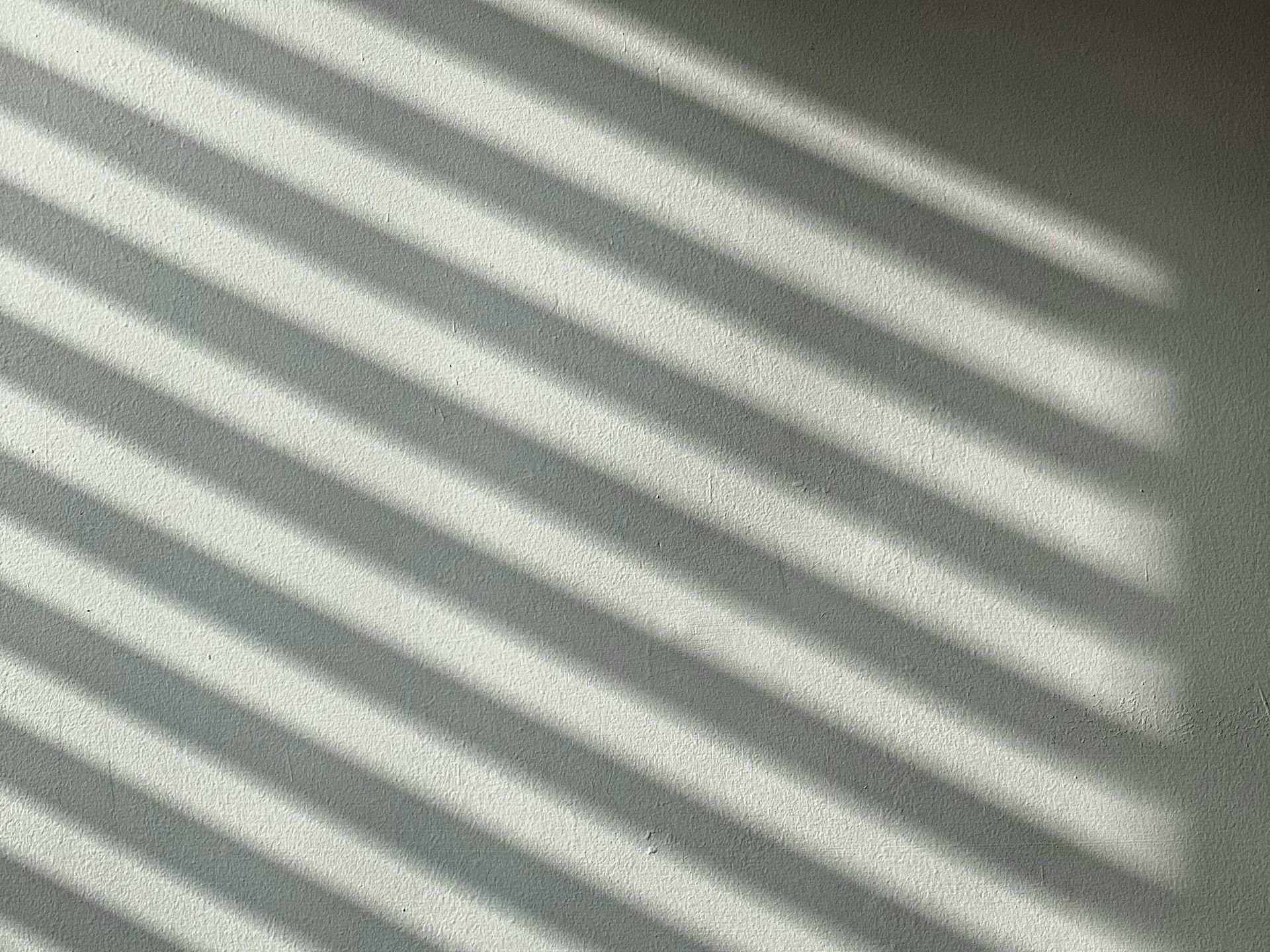
For all its warmth and connective power, trust carries a hidden risk. When too readily given, it can blur the line between faith and folly.
There is a reason we speak of blind trust. It describes a state where confidence overrides caution, where the habit of belief becomes so ingrained that we stop asking questions. In this state, trust becomes less an informed decision and more a default setting—one that can be quietly exploited.
History is crowded with examples of misplaced trust. Scams that prey on the elderly, investment schemes that promise too much, leaders who speak with conviction but act without conscience. What all these have in common is not just deception, but the presence of unearned trust—a willingness to believe without evidence or reflection.
Psychologists have long studied this vulnerability. In cognitive terms, it relates closely to what is known as confirmation bias—the tendency to seek out information that supports our existing beliefs while ignoring contradictory evidence. This was the very subject of one of my Talking Point Shorts podcast episodes, where I explored how easily our need to feel right can override our capacity to examine truth. When we trust someone or something, we are more likely to excuse their failings, reinterpret their motives, or overlook warning signs. The deeper the trust, the harder it becomes to see the cracks.
In interpersonal relationships, this can look like staying too long in unhealthy dynamics, hoping for change that never comes. In institutions, it can manifest as loyalty to systems that no longer serve us, or faith in procedures that quietly fail those most in need.
Part of the difficulty is that questioning trust can feel disloyal. We’re taught that trust is a virtue, that suspicion is corrosive. But in reality, trust without scrutiny is not strength—it is vulnerability left exposed. Philosopher Onora O’Neill, in her Reith Lectures on trust, argued that the focus should not be on encouraging more trust, but on making trustworthiness the central concern. In other words, it is not about trusting more—it is about trusting better.
And that invitation applies not only to the systems and people around us—but to this very article you are reading. How do you know the content is reliable? What signals tell you that this piece is worth your time or your belief? Is it the tone, the reasoning, the familiarity of the examples? Or simply the voice that has accompanied you from paragraph to paragraph?
These are not idle questions. They strike at the core of what it means to trust in a media-saturated world. Perhaps, without realising it, you’ve been applying your own internal verification process all along—measuring tone, checking coherence, and quietly deciding, yes, this feels grounded. Or perhaps not. And that, too, is part of the journey.
Trust should not be something we hand over without thought. It should be something we carry with care. A filter, not a wall.
And when that filter fails—when trust proves misplaced—the result is often painful. But not necessarily permanent. Because even broken trust can be mended. The question is: how?
When Trust Breaks – Cracks in the Foundation
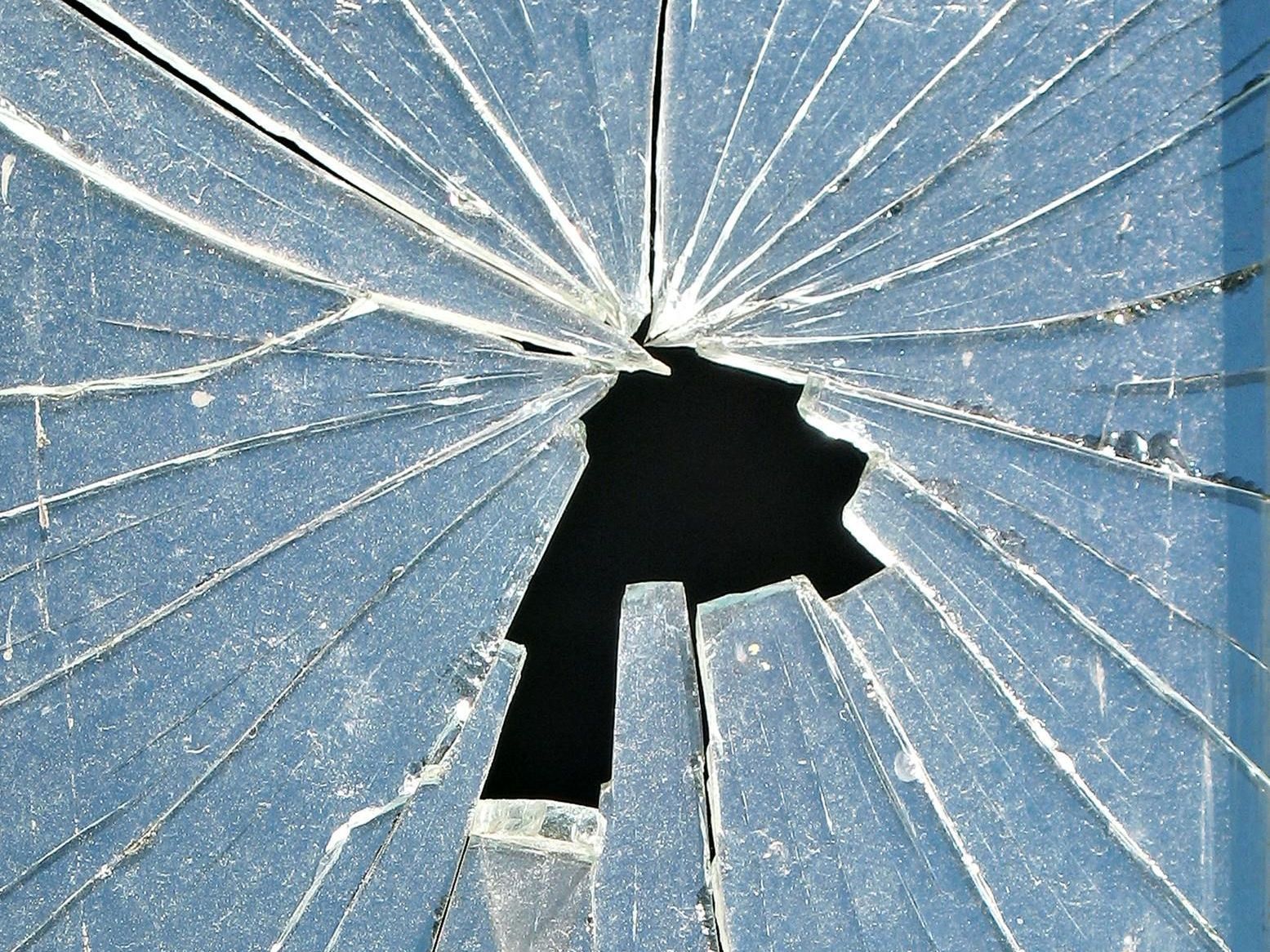
Picture it. You’ve confided in someone. Maybe it’s something personal, maybe something small. You watch their face, their body language. You trust them with a truth. And then, something shifts. They laugh at the wrong moment. Or they forget. Or they share what was meant to be private. And just like that, something inside you drops.
Or imagine the mechanic who assures you your brakes are fine. The friend who says they’ll call but never does. The institution that promises support but doesn’t follow through when it matters most. It’s not always the size of the betrayal that wounds—it’s the collapse of what you thought was safe.
This is where the experience of broken trust begins. It doesn’t always roar. Sometimes, it whispers. But it always leaves a mark.
Psychologist Janoff-Bulman, in her theory of shattered assumptions, explains that when core beliefs are disrupted—such as the belief that people are generally good or that the world is safe—we experience a form of emotional and cognitive trauma. The breach of trust sits squarely in this territory. It doesn’t just hurt. It disorients. It forces a reckoning with the map we’ve used to navigate life.
Tracy Henham—the second of my contributors—who lives with complex health conditions, described her growing fear of being placed in a care home—one where she may have no say over who looks after her, how she’s treated, or what decisions are made on her behalf. She spoke of being told repeatedly that help exists, only to find herself facing automated systems, contradictory advice, or private services asking for money she doesn’t have. And when she did seek clarity from social care, she found faces that turned away, voices that vanished. In Tracey’s words, it all comes down to trust. Not just the kind you extend in hope, but the kind you are forced to place in the hands of strangers—because there’s nowhere else to turn.
Perhaps you’ve felt something similar. That slow erosion—not from a single betrayal, but from a series of small absences. Promises made but never kept. Doors half-open but never wide enough to step through. In those moments, trust doesn’t break all at once. It quietly frays.
And when that happens, it’s only natural to retreat. Maybe you’ve done it yourself. Pulled back. Tightened your circle. Started to question not just the person who let you down—but everyone around them. After all, once the ground gives way beneath you, who wouldn’t hesitate before taking the next step?
Still, while that instinct to protect ourselves is understandable, it can also become a kind of exile. Suspicion keeps us safe, yes—but it also keeps us alone. And over time, it can harden into something isolating.
So how do we return from that place? How do we learn to trust again—not blindly, but wisely?
Repairing trust takes more than apology. It takes time. Repetition. Consistency. And maybe you’ve found, as I have, that sometimes the trust you rebuild is stronger than the one you lost—not because it’s perfect, but because it has survived the storm.
Of course, there are times when trust cannot be salvaged. And that’s not failure. Sometimes the most honest thing we can do is let go—not out of bitterness, but from a place of quiet acceptance.
But even then, something surprising can happen. A soft gesture. A kind word. A small moment that says, maybe—not yet, but soon. Maybe this time.
And still, a deeper question lingers. Why do we bother? Why do we offer trust again, knowing full well it might break?
Perhaps the answer lies not in others, but in the kind of people we want to be—as we are about to find out.
Trust as a Choice – The Character of Belief
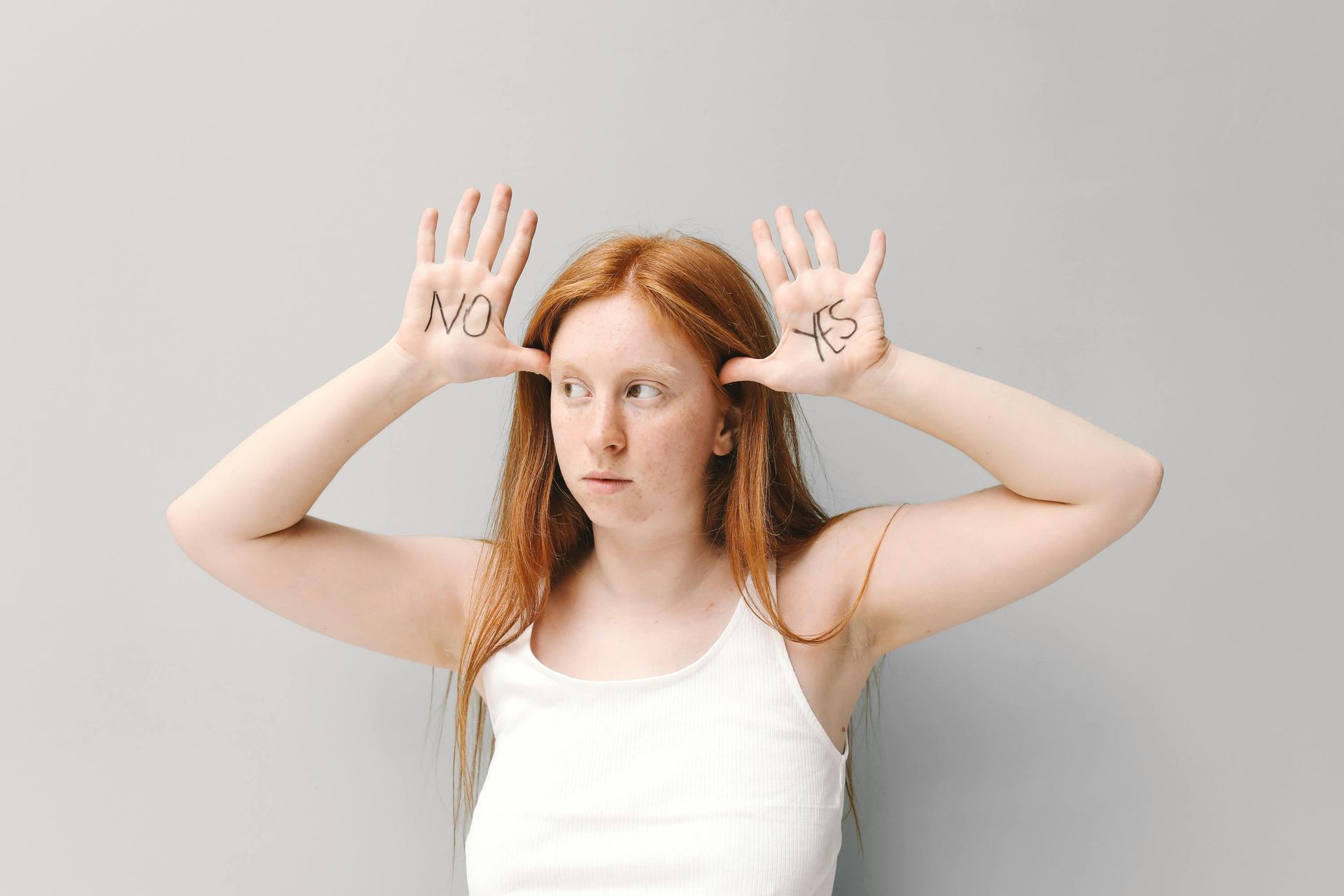
By now, we’ve explored trust in its many guises—instinctive, broken, repaired, and reshaped. But underneath all of that lies a quieter truth. Trust is not just a response to what others do. It is a reflection of who we are.
It shows up in the choices we make when no one is watching. In the tone we use with strangers. In the way we react to mistakes, ours or someone else's. It speaks volumes about the kind of life we want to live—and the kind of person we hope to be.
Imagine you’ve lost your wallet in a café. Someone runs after you with it, waving it in the air. Do you feel immediate relief, or a flash of suspicion? Do you thank them with open gratitude, or check the contents first before meeting their eyes? In that single moment, the shape of your trust reveals itself.
Or, imagine calling a helpline when something has gone wrong—maybe with your bank, your energy provider, or a booking that’s disappeared. The voice on the other end is calm, helpful. Do you believe them? Do you feel reassured? Or does part of you brace for disappointment, assuming you’ll need to call again tomorrow and repeat the whole story?
Then there’s that neighbour who offers to take your parcel in while you're out. Do you thank them with a smile and forget about it, or do you keep glancing out the window to see if they've taken it inside? That moment, too, tells you something. Not just about them. About you.
These aren’t tests of morality. They’re windows into the way trust lives in us day to day—quiet, habitual, often unnoticed until something jars it loose.
For those of us living with sight loss, these moments can carry extra weight. Trust is not theoretical. It’s functional. Every time I rely on someone to describe an image, read out a form, or guide me across a street, I’m putting something important in their hands. Sometimes it’s easy. Other times, it’s an act of faith. And when that faith is honoured, it strengthens not just the moment—but the entire framework of how I engage with the world.
That’s why I believe trust, when offered with discernment, is not a weakness. It’s a form of quiet courage. A declaration that, despite life’s uncertainties, we choose to lean in rather than pull back.
It is also, in many ways, an ethical stance. Philosopher Annette Baier Described trust as a moral expectation that others will care about the things we entrust to them. This extends beyond individuals to communities, systems, and society at large. When we trust, we are saying not just I hope you won’t let me down, but I believe you want not to.
Of course, there is risk in that. Always. But there is also possibility.
To trust again after a fall. To open again after being hurt. To believe that something can go right, even when the odds feel low—that is not just optimism. That is the work of resilience. The shape of inner strength.
And so, we arrive at a question not of logic, but of character. When we trust, we are not only responding to what we know. We are choosing how we wish to live. Whether closed or open. Guarded or generous. And in that choice lies the tone of our lives.
This article, too, is an act of trust—that you’d stay, that something here might land, might matter.
It brings us full circle to those quiet truths we opened with—how trust, when broken, wounds deeply… but when restored, reveals our quiet strength. That it is neither naïve nor weak to choose it again.
And now, as we prepare to close, we turn not to answers—but to a quiet space where trust is neither fixed nor final. A place where it is felt, extended, and renewed.
Trust in Practice – A Quiet Returning
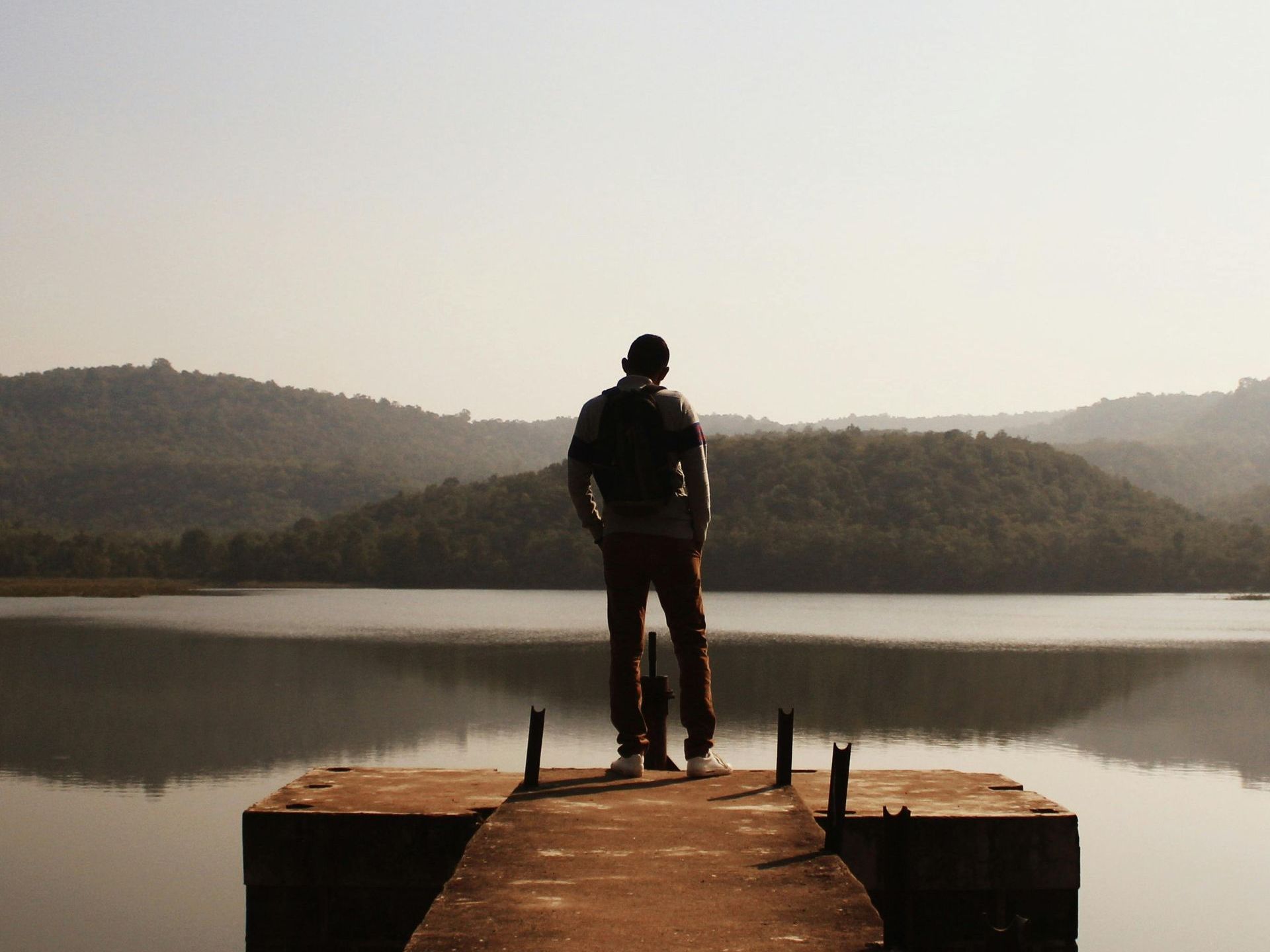
Trust is rarely loud. It does not seek applause or operate in headlines. It exists in the small, consistent acts that shape our days. In the choice to believe. To lean. To carry on when certainty slips through our fingers.
It’s there when you take a taxi alone at night and trust you’ll get home safely. When you hand your voice to a machine and hope it interprets you correctly. When you ask a question and believe the answer won’t be a brush-off or a script.
But perhaps more than anything, trust lives in the spaces between us. In the pauses we offer to let someone speak, and the care we take when they do. It’s fragile, yes—but also quietly resilient.
This article began with a crack—my own experience with a website that failed to meet expectations, leaving me exposed in a world I couldn’t visually verify. That moment pulled me into deeper reflection. How many things do we trust every day without even noticing? Where does that confidence come from? And what happens when it breaks?
What followed was not a set of answers, but a journey—through systems, machines, hormones, heartbreak, and hope. Along the way, I had the privilege of listening to others. To Jenny, who described the quiet betrayal of being let down by a home shopping system she depended on. To Tracey, who shared her fears of being handed over to strangers in the name of care. Different details, but a shared thread—a slow unravelling of trust where dignity should have been the anchor.
Perhaps you’ve felt that too. Maybe your version came in a doctor’s office. Or a social worker’s shrug. Or an app that didn’t care to understand. If so, I hope this piece reminded you that your doubts are valid, your experiences real, and your desire for something better entirely justified. Because trust, for all its complexity, is ultimately lived—not theorised. It is something we offer, yes—but also something we practise. It sharpens through presence, through patience, through pain.
And so we leap again—not with certainty, but with quiet courage. Because trust, in all its forms, is how we go on.
Therefore, whether you’re learning to trust again, or offering it for the first time in a long while, I hope something here has met you gently, where you are. Because if trust begins anywhere—it begins there. Therefore, should any part of this piece have stirred a memory, a feeling, or even just a quiet recognition, I’d love to hear it. In much the same way Jenny and Tracey so bravely shared theirs with you and me, you’re warmly invited to add your voice in the comments below, and safe in the knowledge that whatever you choose to share—long or short, spoken or written—know that it matters. And that it will be received with care.
About the Author
Philip Francis Anderson is a writer, activist, and host of the Talking Point Podcast—an independent series exploring resilience, autonomy, and the quiet power of lived experience. His work weaves together psychology, social commentary, and accessibility, often drawing on his own journey with sight loss. He is currently studying for a BA (Hons) in Philosophy and Psychological Studies with the Open University.
Copyright © 2024. All rights reserved by Philip Francis Anderson. This article is the property of Philip Francis Anderson and is protected under UK copyright law. Unauthorized reproduction, distribution, or use of this text, or any portion thereof, without the expressed written consent of Philip Francis Anderson, is strictly prohibited. For permissions, please email the copyright owner.
Comments Welcome!
To leave a general comment, feedback about a post, or even recommendations for a topic to cover, please just fill out this form. For those who would prefer to send their comment in using audio, there is the additional option to upload an audio file.
Contact Us
In line with GDPR, only complete this form if you are happy for me to use your answers for the purposes of processing of your request and in all
corresponding communications thereafter. Read my Privacy Policy for more information on how I manage your personal data. This contact form is also protected by reCAPTCHA, a Google system. Google's Privacy Policy and Terms of Service apply and are available to read when using the reCAPTCHA tool.
